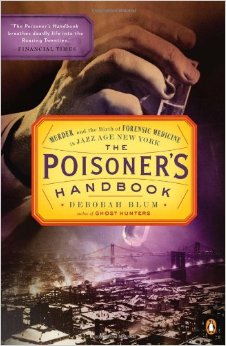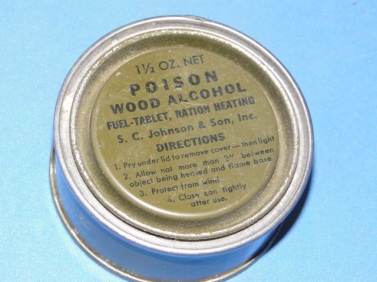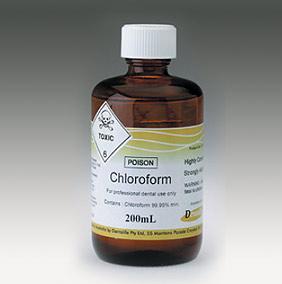“All of it reminded them only of mistakes that they intended not to make again” – 74, The Poisoner’s Handbook
Chapters three and four dealt with Cyanides and Arsenic respectively. The way the book works is that at the beginning of the chapter a crime is introduced where someone is killed by an unknown poison. Then Alexander Gettler is called, who goes through autopsies to discover new poisons. By the end of the chapter, the crime is solved, but usually there is not enough evidence to convict the person who committed the crime, so they are free. After this, Gettler performs more tests with the poison so next time the person can be properly convicted.
A few more connections to Murder of the Century popped up in this chapter. The book mentioned sending someone to Sing Sing, a correctional facility in New York that used to be used for death sentences. The Poisoner’s Handbook and Murder of the Century have a ton in common; they are both murder books that deal with tricky murderers that get sent to a trial where there usually isn’t enough evidence to convict them, so then the books take you back to the murders to find more clues. This brings up a question: Why is this type of novel at this time period so popular? This book also reminds me of Murder of the Century because there are some veery interesting parts and then some very boring parts.
The most exciting part of the Cyanide chapter is when it talked about all the lowkey speakeasy’s that popped up during the prohibition. There were a pair of cops that would bust the speakeasy’s in very creative ways. For example, they would pretend to be famous opera singers, sing for the bar, and then arrest them and close down the place. They took their job and had a ton of fun with it.
Poisons were so popular during this time period because there had not been enough research about them, so it wasn’t completely known how they worked. Also, they were found in everyday products, so they were easy to acquire. One problem in the Arsenic chapter was that there is a small amount of Arsenic in our body already, so it was hard for the attorney to prove that the arsenic found in the autopsy was from an outside source.
The quote at the top describes the circle of each chapter. A murderer uses a new poison and they figure everything out too late. In the Cyanide chapter, someone got away with putting cyanide in a restaurant’s blueberry pie, causing everyone that ordered it to get sick or die. Because it is a delayed effect, the murderer had time to leave the scene and not get caught. To me, the most interesting parts of each chapter are the motives that the murderers have as well as how they find out who to convict. Usually the motives deal with getting rid of annoying people. In one case, a girl kills her sisters and parents so she can have all the inheritance from her parents.
Hopefully no one is annoying so I won’t have to use any techniques I’ve learned from reading this book… Just remember, if you are eating something and it tastes funny, you probably should stop eating it. That advice would have saved many people from the white Arsenic powder from Chapter 4.


